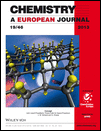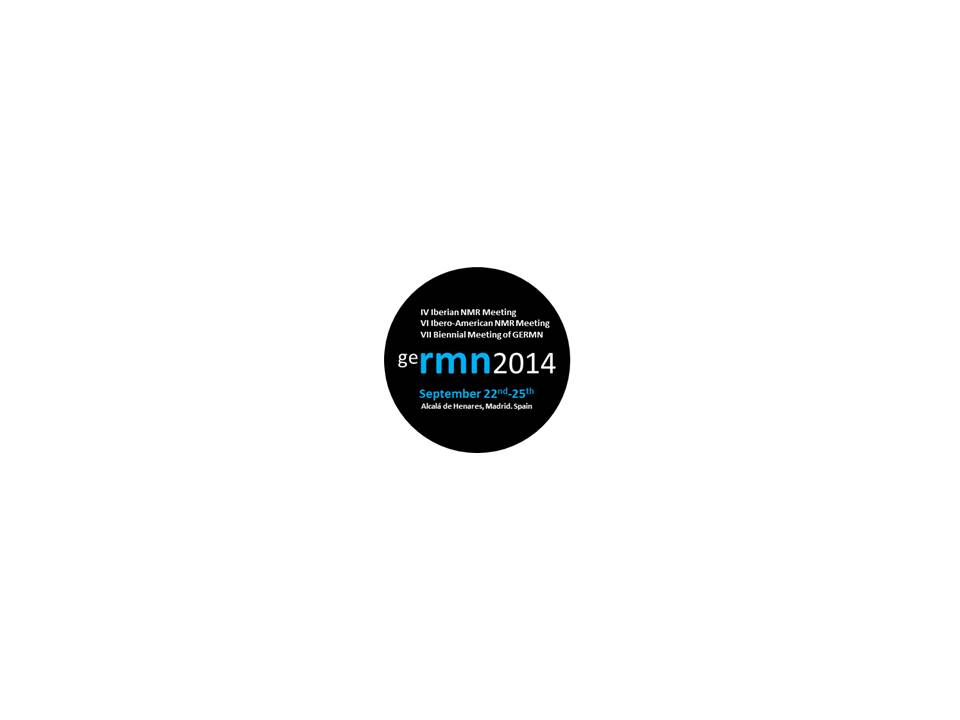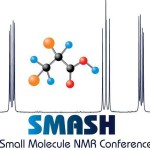
In a few days several SeRMN members will present our research work at the annual meeting of the European magnetic resonance community EUROMAR 2014 Conference that will take place in Zurich (Switzerland) from 29th June to 3th July. Find below a summary of our contributions.
- Teodor Parella presents a Lecture entitled “Improvements in Heteronuclear Correlation NMR experiments”. A presentation of some new simple solutions to improve the performance of heteronuclear correlation experiments will be provided. A discussion on the effects of JHH coupling constants in direct and long-range heteronuclear correlation experiments will be made and examples to obtain pure in-phase HSQC and HSQMBC experiments will be given. Experimental aspects such as phase properties of cross-peaks, their signal intensity dependences, the extraction of coupling constant values, and solutions to achieve resolution enhancements will be presented. A particular emphasis will be made on the measurement of one-bond and long-range heteronuclear coupling constants from non distorted cross-peaks and the measurement of 1JCH/2JHH for diastereotopic CH2 spin systems in both isotropic and anisotropic media. Finally, it will be shown how the combination of pure-shift NMR and spectral aliasing afford a significant resolution enhancement in both dimensions of 2D HSQC spectra, and its successful application in enantiodifferentiation studies will be illustrated.
- Laura Castañar presents a Poster entitled “Band-Selective pure shift 1H NMR experiments with full sensitivity“. The poster is focused on the HOmodecoupled Band-Selective (HOBS) 1H NMR experiment and its applications. The HOBS method is a band/frequency-selective experiment for the fast acquisition of full-sensitive homodecoupled spectra. It affords pure shift spectra in particular areas of the 1H spectrum where do not appear mutually J-coupled protons. We show that the implementation of the HOBS approach becomes easy and reliable for a large number of NMR experiments and guarantees the rapid data acquisition of region-selective NMR experiments even for samples at low concentrations. We also illustrate several practical applications to differentiate signals with small chemical shift differences, such as found in enantiodifferentiation studies by using chiral solvating agents, the analysis of individual signal intensity decays for measuring T1/T2 relaxation times in overlapped signals or the measurement of heteronuclear coupling constants from simplified multiplet patterns.





